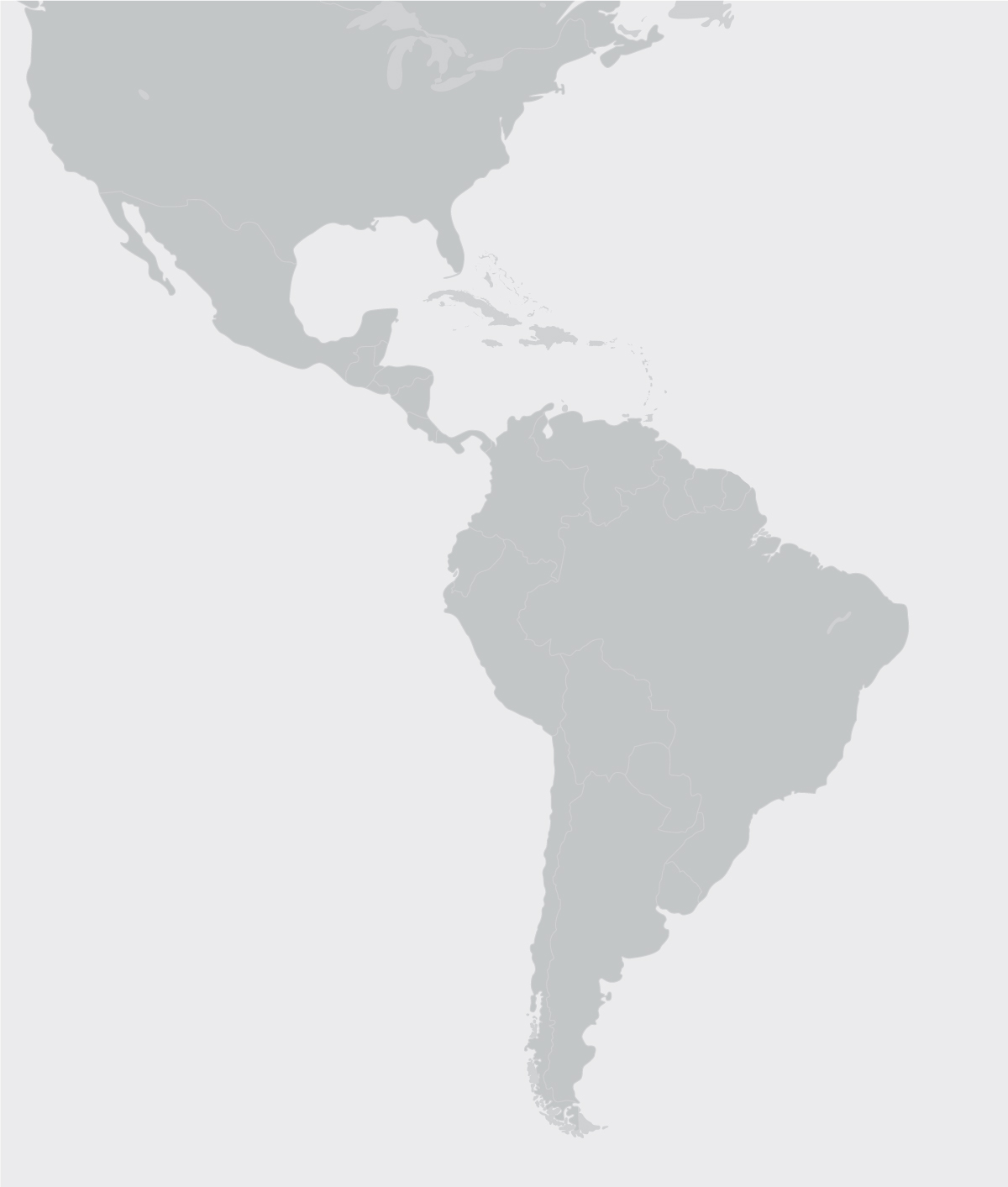LARGEST PORT OPERATOR IN LATIN AMERICA REGION*
countries
multipurpose terminals
throughput (TEU) in 2022
gateway cargo
main cargo trades
48% AMERICAS
44% ASIA
*2020 Equity Throughput. Source: Annual Review and Forecast 2021/22. Drewry
Cargo Mix
Florida International Terminal (FIT) is strategically located to meet the consumption and cargo needs of one of the world’s largest consumer regions. In the southern sector of Port Everglades, it specializes in containers and general cargo.
The terminal is connected to major highways and railroads, facilitating quick, fluid access to ground and intermodal transportation and expanding the area of influence.
Hinterland: South Florida The Port of Miami and Port Everglades are the main maritime connections with South Florida (USA) for cargo and passengers. Port Everglades is also the world’s third busiest cruise port.
This multipurpose terminal connects to Mexico’s west coast and the southern United States via the Mazatlán-Matamoros freeway. Focused on products for the automotive, agricultural, fishing, forestry and mineral industries, it is one of Mexico’s leading vehicle ports serving major original equipment manufacturers (OEMs).
Hinterland: Northern Economic Corridor (Sinaloa, Durango, Zacatecas, Chihuahua and other regions) and the Baja California peninsula. The Northern Economic Corridor will promote trade between Mexico, the U.S. and Canada.
Caldera is Costa Rica’s most important Pacific port and main cargo connection to Asia. The port’s area of influence also includes the United States. Around 80% of Puerto Caldera’s load is import cargo, with 100% of the cereals and bulk fertilizers consumed by the country entering through it. In addition, the terminal concentrates about 1/3 of the country’s total agricultural exports.
Strategically located close to San José (just 76 kilometers by highway) and the country’s main land routes, the terminal is connected to major production, industrial and agricultural centers near the free trade zones in Barranca, Puntarenas and the provinces of Alajuela, Heredia, San José and Cartago.
Ecuador’s primary port terminal, renowned for its banana, shrimp, and cocoa exports, specializes in handling containerized cargo, especially reefer cargo, with a prominent focus on Asia, the Mediterranean, and South and North America as the main cargo destinations.
Located in Guayaquil, Ecuador’s economic capital and the largest and most populous city of Ecuador, where the main industries are concentrated.
Puerto Buenavista is located in the Mamonal industrial zone of Cartagena de Indias, a logistics hub for the petrochemical, port & logistics and tourism industries. It specializes in solid bulk, general cargo, project cargo, liquid bulk, and other on and off port logistics services.
The port also owns and operates a 40-hectare dry port that specializes in logistics services located 3 kilometers from the main terminal. This dry port offers a privileged location for logistical activities, as it is connected directly to Colombia´s main highway system.
This multipurpose terminal handles containers, break bulk and project cargo.
Operating as a single-operator terminal, it specializes in handling containerized cargo, but also handles general cargo. ITI has a strategic location that provides direct access to the main highway in Chile (the Pan-American Highway or Route 5) and Macro Andean Region (Bolivia, Brazil, Paraguay and Northern Argentina). Its main customers are mining companies in the region, the ZOFRI-Iquique duty-free zone (located just 5 km from ITI) and the Bolivian trade markets.
This multipurpose terminal is strategically located to serve the mining industry in Chile’s most active mining region. It serves as a port of entry for equipment, inputs and raw materials for lithium processing and a port of exit for minerals (copper and lithium in its various formats).
The port’s area of influence spans the Antofagasta and Atacama regions in Chile, northwest Argentina and southwest Bolivia. Its proximity to several mining companies is a great logistical advantage. The region also has one of the world’s largest lithium reserves, and energy projects have proliferated in recent years. The port offers access to the region’s main highways and railways.
San Antonio is home to Chile’s main port terminal and one of the largest in South America. From a privileged location in the Valparaíso region, just 110 km from Santiago, it serves the central zone of Chile and regions of Argentina. The terminal connects to numerous production hubs in southern Chile and serves a wide range of industries and customers, including mining, fruit, forestry, bulk and wine. The port has moved more than 1 million TEUs every year since 2012.
Strategically located 500 kilometers south of Santiago in the Biobío region, SVTI primarily serves southern Chile’s forestry, fishing and agricultural industries. It has also become an option for central zone cargo (unloading vehicles, fruit, etc.)
SVTI connects to the Chilean rail system, which enters the port directly. It also has immediate access to the country’s main highway (Route 5).
This Los Ríos region port serves the forestry industry, primarily handling wood chips for export to Asian markets.
It provides comprehensive services (chipping, transportation, storage and loading) through a logistics network via its related companies.


